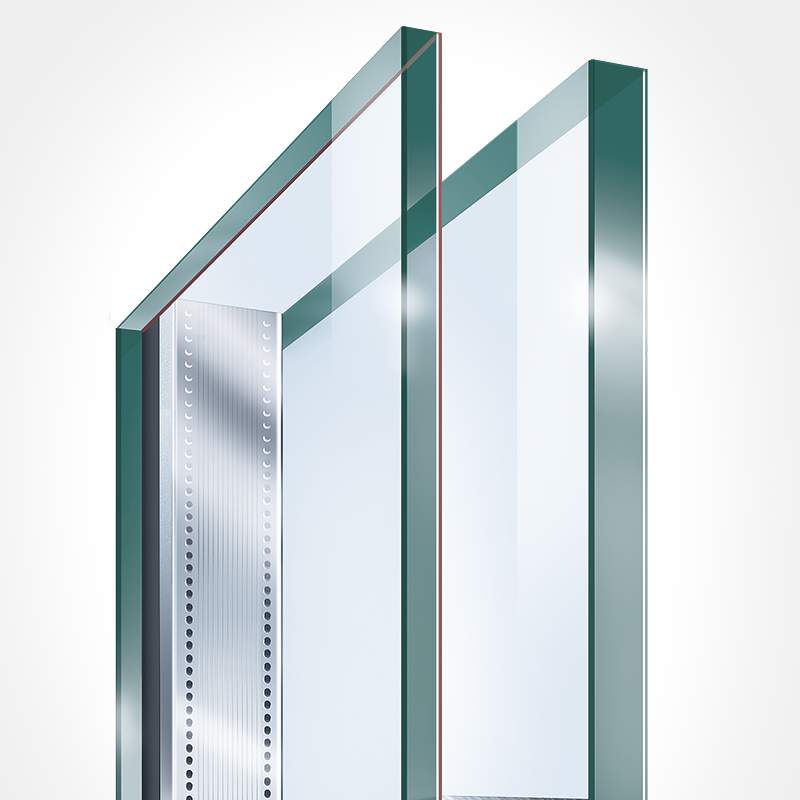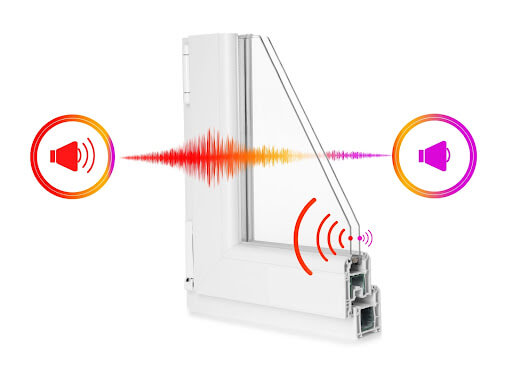Triple laminated Sound-Proof Glass
Soundproof glass, more accurately termed acoustic, sound-absorbing, or noise-reducing glass, is designed to significantly reduce noise transmission . It  works by combining several principles: mass, mechanical isolation, absorption, resonance dampening, and conduction.
works by combining several principles: mass, mechanical isolation, absorption, resonance dampening, and conduction.
Triple-glazed systems, where two panes are separated by an inert gas-filled cavity, further enhance soundproofing. The air gap absorbs sound waves, and filling it with denser inert gases like argon or krypton improves performance by making it harder for sound to pass through. To prevent resonance, where identical panes vibrate at the same frequency and amplify sound, the panes are of different thicknesses. The first or outside pane is a Triple laminated, polymer bound This mismatch disrupts the resonance, significantly improving noise reduction.
 The primary methods used in soundproof glass involve multiple layers of glass bonded with specialized interlayers and air gaps. Laminated glass, which consists of two or more panes of glass bonded together with a plastic interlayer such as Polyvinyl Butyral (PVB) or Ethylene Vinyl Acetate (EVA), is highly effective. The interlayer acts as an acoustic membrane, dampening vibrations and reducing sound energy by up to 50%. For even greater performance, the interlayer can be a special acoustic resin, as seen in products like Lamilex Soness. The thickness of the glass and the interlayer are critical factors, with thicker glass providing more mass and thus better sound blocking.
The primary methods used in soundproof glass involve multiple layers of glass bonded with specialized interlayers and air gaps. Laminated glass, which consists of two or more panes of glass bonded together with a plastic interlayer such as Polyvinyl Butyral (PVB) or Ethylene Vinyl Acetate (EVA), is highly effective. The interlayer acts as an acoustic membrane, dampening vibrations and reducing sound energy by up to 50%. For even greater performance, the interlayer can be a special acoustic resin, as seen in products like Lamilex Soness. The thickness of the glass and the interlayer are critical factors, with thicker glass providing more mass and thus better sound blocking.
![]()
